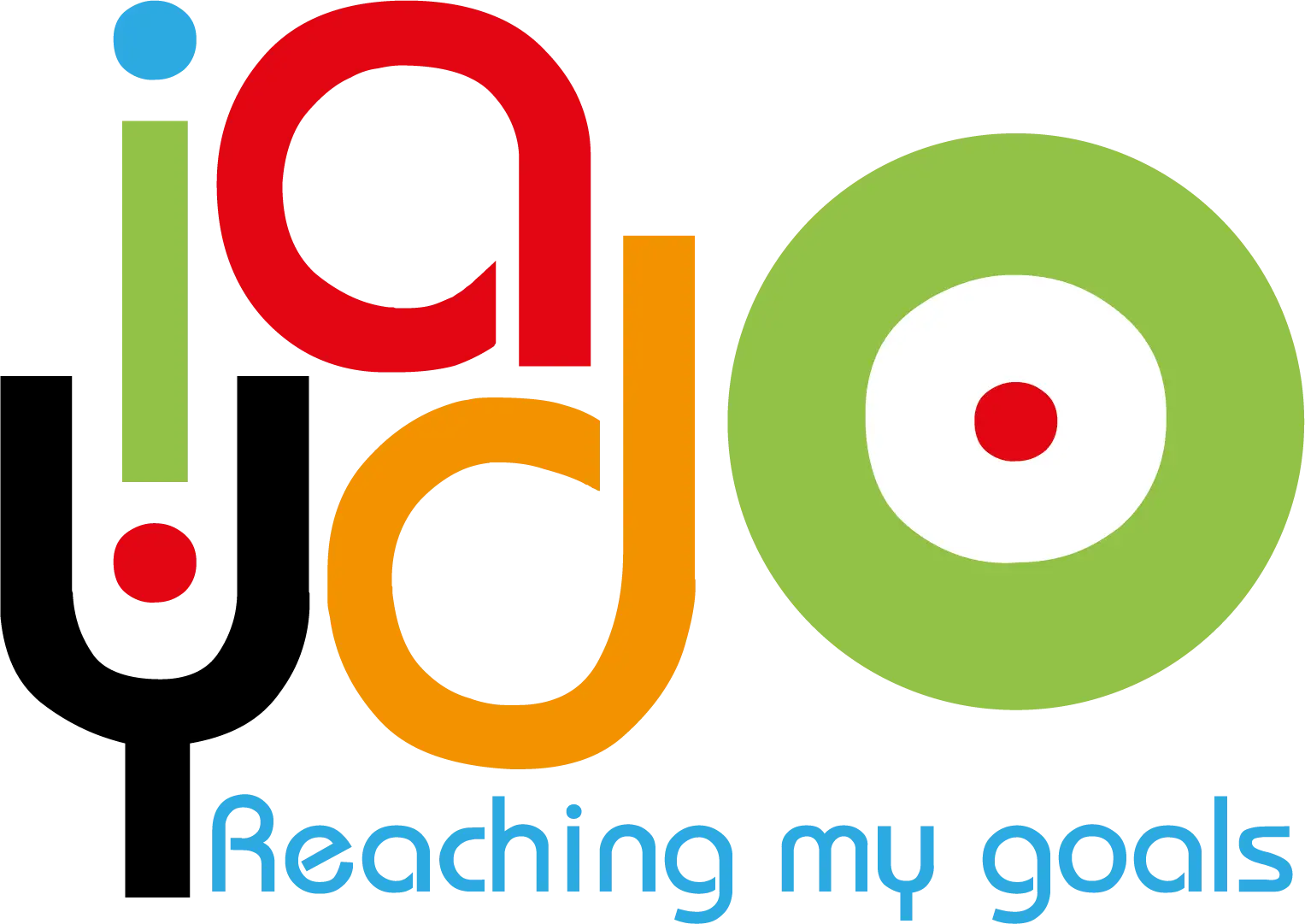
Mobile Apps
Smartphone apps have gained immense significance globally, leading to fierce competition among companies striving to develop innovative applications. With millions of apps available on mobile markets, two prominent systems, Android and iOS, dominate the industry. Additionally, various technologies exist for app development, each with its own set of advantages and disadvantages. The functioning of smartphone apps can be categorized into three primary sections.

Native
A native mobile app refers to a smartphone application that is developed using a specific programming language, like Objective C for iOS or Java for Android. These apps offer quick performance and reliable functionality, while also having access to various features of the phone, such as the camera and address book. Moreover, certain apps can be used even without an internet connection. However, developing this kind of app can be costly as it requires creating duplicate versions for different operating systems

Web Based
Websites, Web applications, and portals were mainly accessed through Internet browsers like Chrome, Edge, or Firefox. However, with the rise of smartphones, they have become the primary means for Internet users. This shift has led some companies to adapt their websites and applications to be compatible with mobile browsers. They achieve this by utilizing HTML 5 and Python to convert traditional websites and applications into ones that can run on smartphones. This method is both easy and cost-effective, making it the cheapest and fastest way to create an application or website.

Cross Platform Hybrid
The rise of cross-platform mobile development is a result of the diverse mobile application market. With different smartphone manufacturers using various operating systems like Android, Windows Mobile, and iOS, companies face the challenge of catering to all these platforms. They can either create a single codebase adaptable to multiple operating systems or develop separate projects for each platform. Programmers have access to tools and resources that offer libraries for specific operating systems, utilizing programming languages such as Python and Ruby on Rails.



